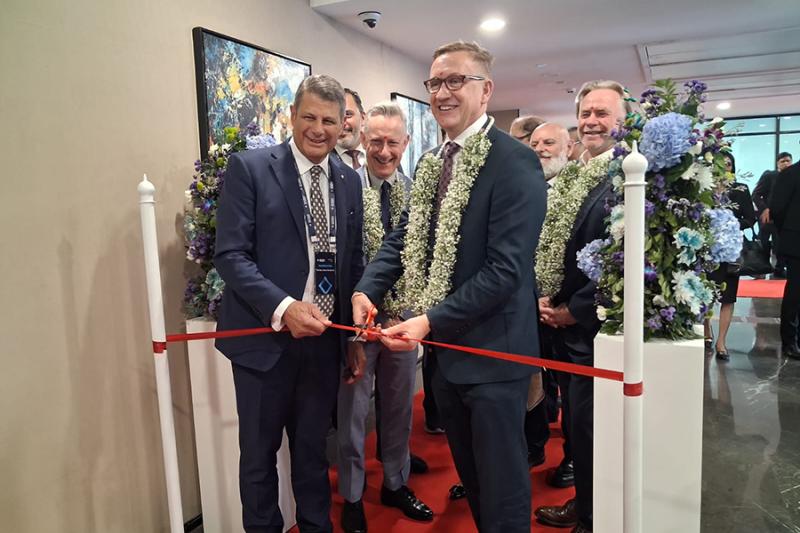Building strength into change

Change is hard — and creating lasting, institutional change, even harder.
But VU’s Celeste Young, Research Fellow (Institute for Sustainable Industries & Liveable Cities), is working to make sense of how practitioners can achieve this in partnership with the Bushfire and Natural Hazards Cooperative Research Centre (BNHCRC).
Celeste’s current project - Diversity and Inclusion: Building Strength and Capability - assists the understanding and practice of Diversity and Inclusion (D&I) in Emergency Management Organisations (EMOs). The project has three stages:
- understand how diversity and inclusion operates within emergency services systems
- develop a suitable diversity and inclusion framework for the emergency services sector
- test and use the framework.
The aim of the project is to develop a process-based framework that builds upon and leverages current strengths and expertise within the EMOs, to support better management and measurement in this area.
From working for communities, to working with them
Natural hazard risks are changing due to dynamic social, environmental and economic factors, which are driving transformation of emergency service organisations and how they work with their communities. Central to this is the overriding message that due to the need to build resilience, organisations are moving from working for communities to working with them.
While our communities are made up of increasingly diverse individuals, Australia’s emergency services organisations have remained for the most part largely unchanged in terms of their workforce profile. "When we did an audit of [the]EMO websites, the predominate image was of a white, Anglo-Saxon males undertaking response activities,” says Celeste.
There was also a pervasive ‘hero narrative’ found in both the organisations and their communities that could reinforce stereo typical images of who should be part of this workforce, which contributed a lack of gender diversity.
Organisational roles diversifying
Emergency organisational roles are also diversifying. For many agencies there has been a changing focus on building community preparedness and recovery and increasing resilience. Finding out what is important to communities is a vital part of this. “It is about collaborative decision-making across all the institutional areas - community, business, and industry, public service, state, local and federal governments - and making sure there’s inclusion and coordination between them.”
But what does diversity look like, and who’s responsible for complex issues of ensuring that there is that effective inclusion of the multiple forms of diversity which include disability, culture, LGBTQI, gender-based diversity, and demographic diversity?
“Diversity is multiple conversations that come together and it’s how you have those conversations across different cohort sizes that is important,” says Celeste. “ You want people to feel valued for who they are and what they can contribute to the organisation, but there are so many factors that need to come together to enable this. You need to have data to understand what is happening now, but you also need longitudinal data because you’re working with cultural change over the longer term.”
Positive change is happening in these organisations, but effective change doesn’t happen quickly. It requires persistence, long-term commitment, planning and allocation of resources.
But, most of all, it requires organisations to understand and acknowledge their past, accept where they are now and understand what sort of organisations they want to become in the future.



